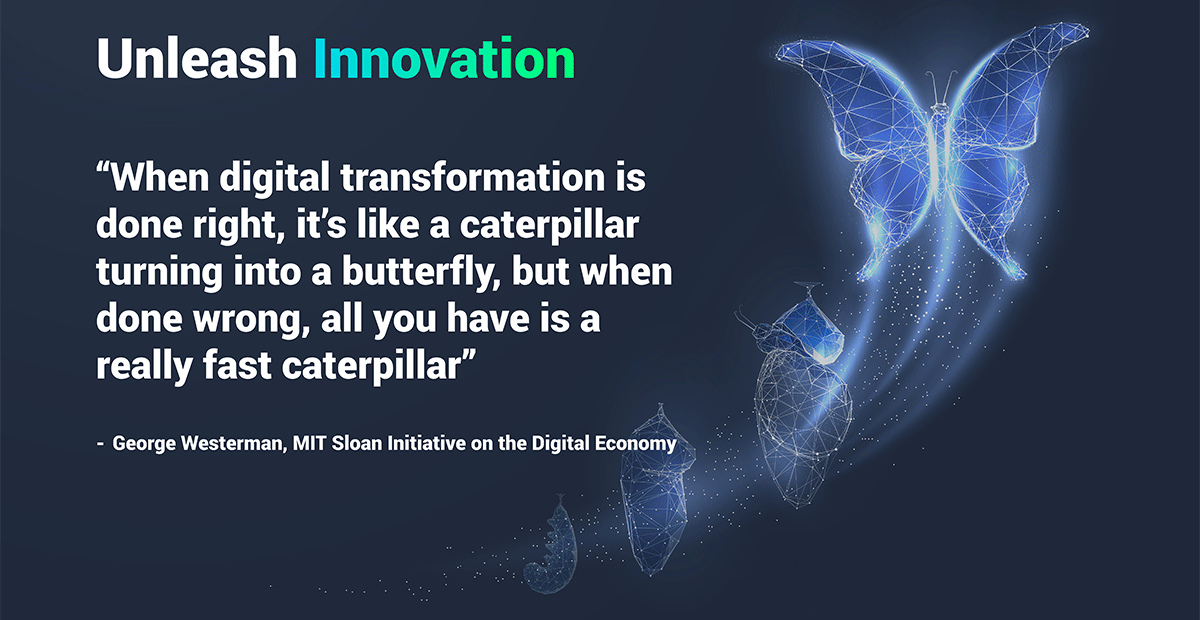In this latest blog, Keith Tilley – CEO of Intoware, takes a look at the difference between the two movements and outlines why that difference truly matters to businesses.
Digitisation: it’s been talked about for decades and, it’s no wonder. The word summarises the movement to, quite literally, digitise paper documents – transferring items into bits and bytes.
It’s been a revolution we’ve all been witness to. From photographs to important company documentation – more and more of the items we used to rely on paper for have moved over into cyberspace, bringing improved safeguarding of information and making things more accessible than ever before.
However, it’s easy to confuse this process with digitalisation – a term that sounds very similar, but means something entirely different.
Digitisation on its own won’t transform a business – but digitalisation will.
Digitalisation drives innovation
Digitalisation is when an organisation’s data is processed through advanced digital technologies, such as Intoware’s WorkfloPlus, and used for the purposes of digital transformation within a business.
Digitised data is captured and processed, presenting a wealth of data that allows a company to analyse its systems and processes and, in turn, drive major change within the way it operates.
The pioneering researcher on digital transformation, George Westerman, summarises it perfectly, saying: “When digital transformation is done right, it’s like a caterpillar turning into a butterfly, but when done wrong, all you have is a really fast caterpillar.”
We’ve seen some great examples of this within our own client base, including Network Rail – who trialled Intoware in partnership with Cyberhawk on the East Coast Main Line in North East England to combine the benefits of monitoring overhead lines using drones with the elimination of paper-based processes at the worksite.
The four-month trial combined Cyberhawk’s iHawk visual intelligence tool with the WorkfloPlus software to support the catenary inspection task.
The ‘proof-of-concept’ trial demonstrated that frontline engineers can save time in the setting-up, running and reporting of each wire run inspection taking one hour to complete, improving productivity and reducing costs.
WorkfloPlus was also proven to increase both the accuracy and visibility of data as the results were uploaded on site and shared instantly with colleagues, eliminating the need for time consuming paper preparations out in the field.
Additionally, the number of staff required track side was also reduced, improving worker safety.
So why does it matter?
To put it bluntly, data doesn’t mean a lot without people to use it and so, while the digitisation of documents and the introduction of digital technology to monitor and manage processes is of course a great move, especially nowadays – it’s not enough on its own.
Businesses need to be thinking about digital transformation as a whole; how they can harness the invaluable data they have at their fingertips and use it to evolve – be it through increased productivity, greater employee satisfaction or new revenue streams.
Digitalisation holds the key to more informed ways of working and can open the door into new opportunities – but it’s vital that the movement has people at its heart.
All too often businesses embark on a digitalisation journey without considering the wants and needs of the workforce. But, by engaging with employees to ensure technology assists and supports what they do, in a helpful way, businesses can ensure they have an engaged team that welcomes new tech into their working day.

